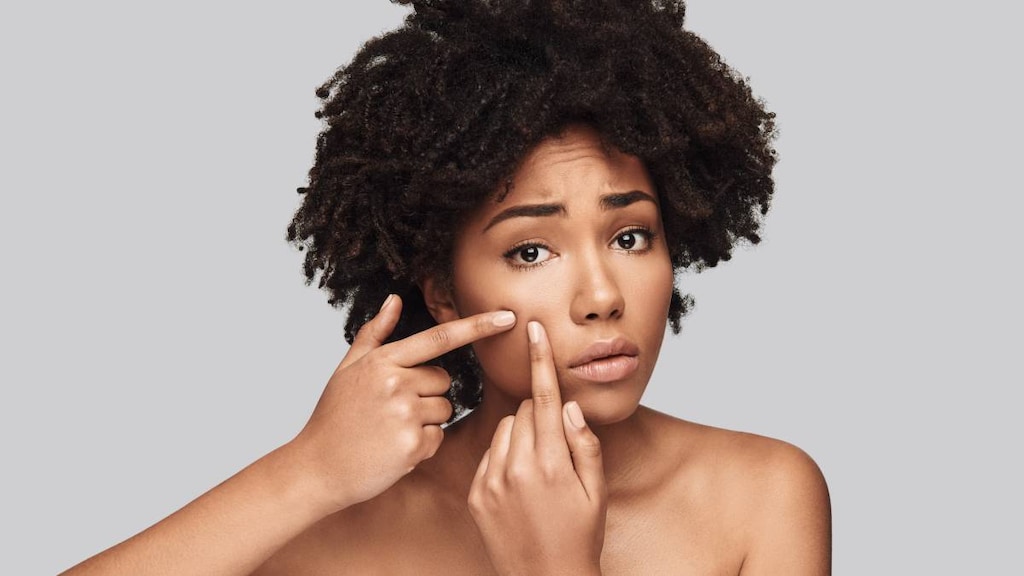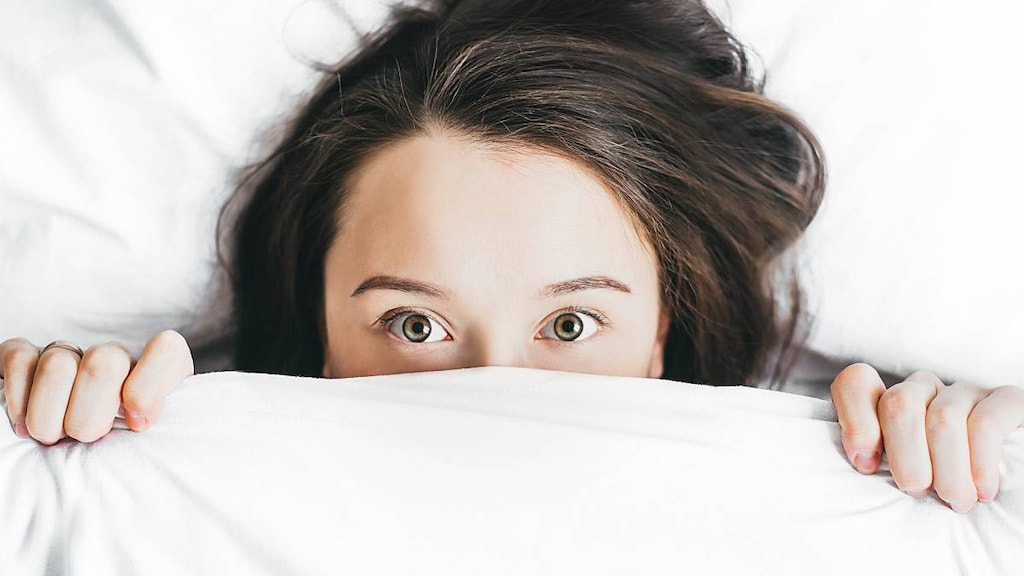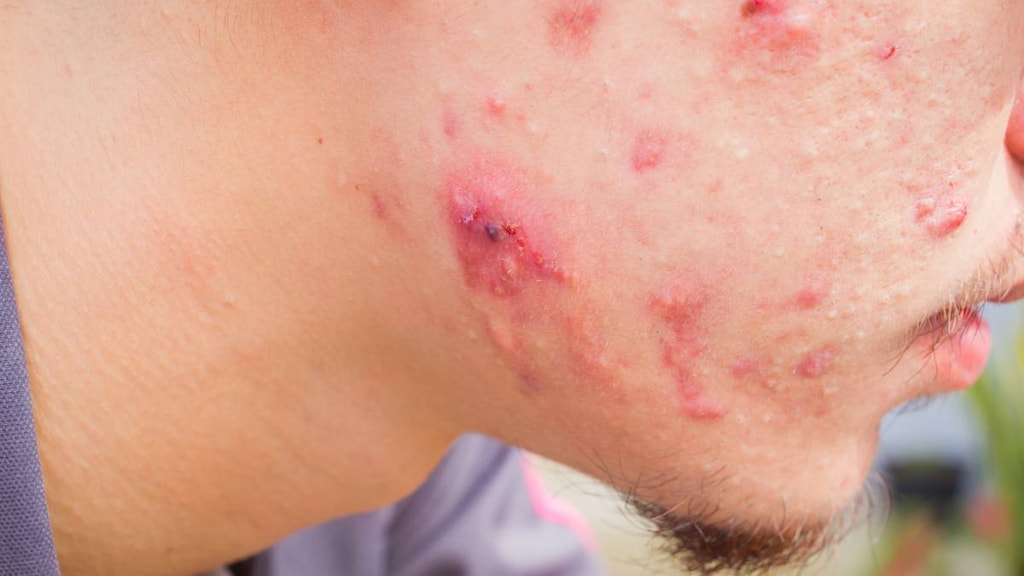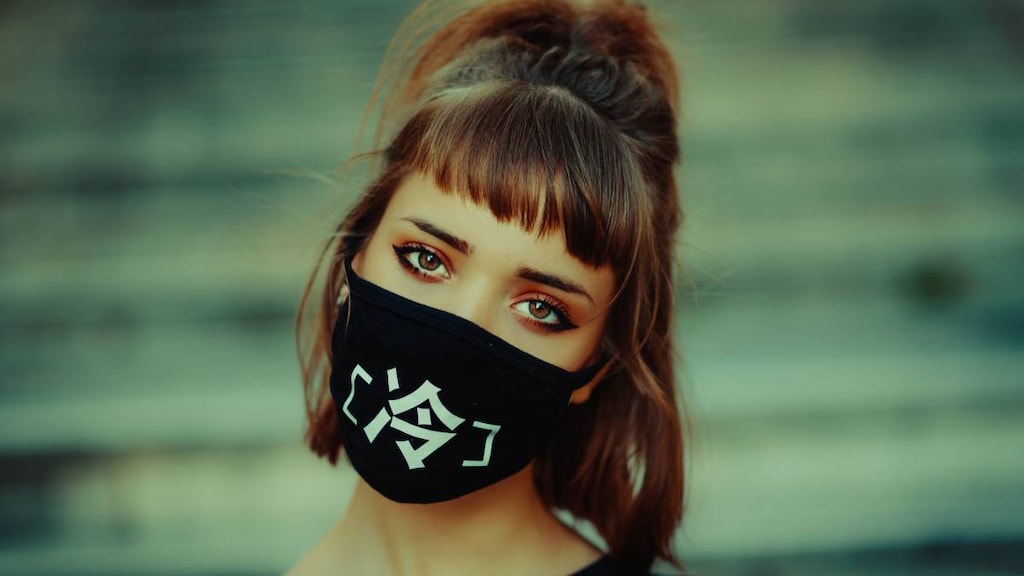
Although most common during the teenage years, acne may also appear for the first time in midlife or worsen at that time. Acne results from inflammation around the hair follicles and oil-producing sebaceous glands of the skin. Hormones known as androgens (the so-called male hormones), which increase during puberty in both males and females, contribute to acne. Hormone fluctuations associated with menstruation and menopause make women more susceptible.
Symptoms of adult acne include:
- Whiteheads (closed, plugged oil glands)
- Blackheads (open, plugged oil glands)
- Pustules (swollen red bumps, sometimes filled with pus)
- Nodules and cysts (infection under the skin, with or without pus)
Treating adult acne
A number of treatments are available to clear up acne, including some that you apply to your skin and others you take in pill form.
First-line topical treatments typically fall into one of these two categories:
Salicylic acid washes. These formulas loosen dead skin cells and help dislodge plugs from pore openings, seen as whiteheads and blackheads. Salicylic acid washes are available in over-the-counter and prescription formulations, but the prescription versions aren’t any stronger.
Benzoyl peroxide gels, lotions, and washes. These products dry and peel the skin, fight bacterial growth, and help clear blocked pores. They are available in weaker over-the-counter and stronger prescription formulations.
For more serious cases, doctors can also prescribe:
Topical retinoids. Available as creams, gels, or liquids, these drugs help clear the skin of plugged follicles by increasing the turnover of skin cells. The most common one, tretinoin (Retin-A, others), may cause skin irritation, but a time-release microencapsulated version, Retin-A Micro, is less irritating. Other topical retinoids include adapalene (Differin) and tazarotene (Tazorac). Because these medications increase the skin’s sensitivity to sunlight, always use them with a sunscreen.
Oral retinoid. A more powerful oral retinoid, isotretinoin (Amnesteem, Accutane, Claravis, others) is used to treat severe, disfiguring acne. Because this medication has been associated with serious side effects, including severe birth defects, inflammatory bowel disease, depression, and suicidal thoughts, people taking this drug must be registered in a national database and undergo careful monthly monitoring by a dermatologist. Note: Isotretinoin can cause photosensitivity.
Antibiotics. Certain antibiotics (available as creams, gels, lotions, or combination products) combined with other compounds can be applied directly to the skin to reduce the growth of acne-causing bacteria. Examples include erythromycin plus benzoyl peroxide (Benzamycin), clindamycin plus benzoyl peroxide (Duac, others), and sulfacetamide plus sulfur (Plexion TS, others). Serious cases are sometimes treated with oral antibiotics, such as doxycycline and minocycline as well.
Birth control pills. Some birth control pills lower androgen levels and help clear up acne in women; these include formulations that contain ethinyl estradiol and drospirenone (Yasmin, Yaz, generic).
Laser and light therapies. These may one day play a role in treating adult acne, but so far, there is little good research to support their use.
Daily skin care
For daily skin care, limit your regimen to three simple steps: cleaning, protecting your skin from the sun, and tending to your acne. Products are available for little cost at retail stores. Buying expensive skin care lotions with exotic or pseudoscientific names will not produce better results.
Clean your skin. Choose a soap that removes the oil and cleanse twice daily and after exercise.
Protect your skin from the sun. Choose a broad-spectrum sunscreen with an SPF of 30 or higher and wear it every day. Higher SPFs are useful if you plan to spend hours outdoors, but if you spend most of your time indoors, SPF 30 is sufficient. If you have sensitive skin, choose a sunscreen product designed for sensitive skin.



